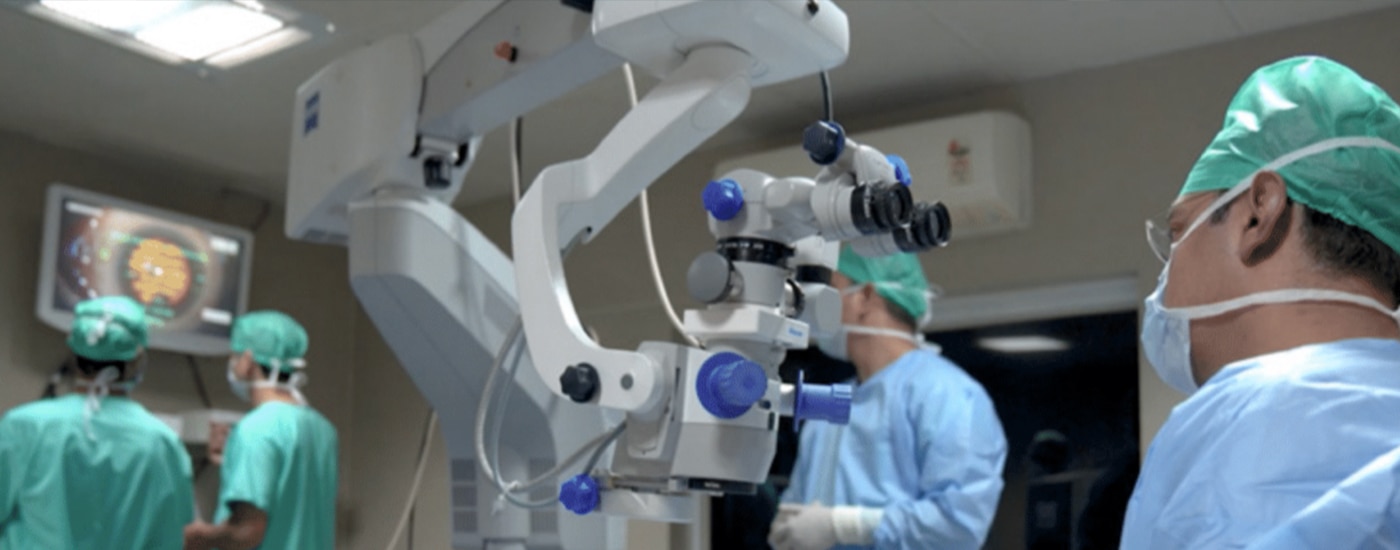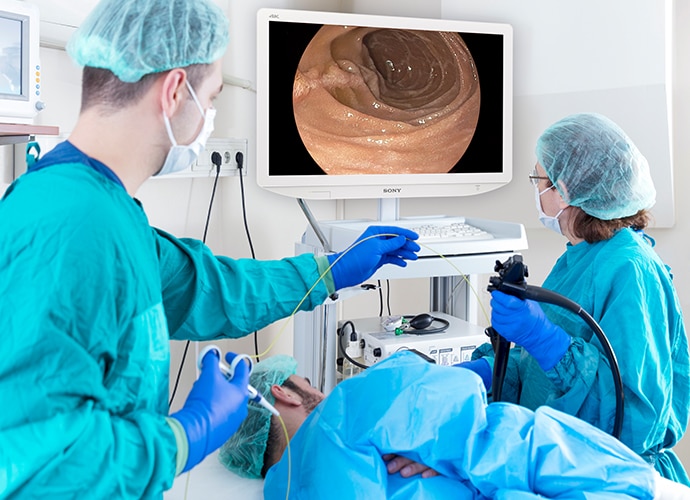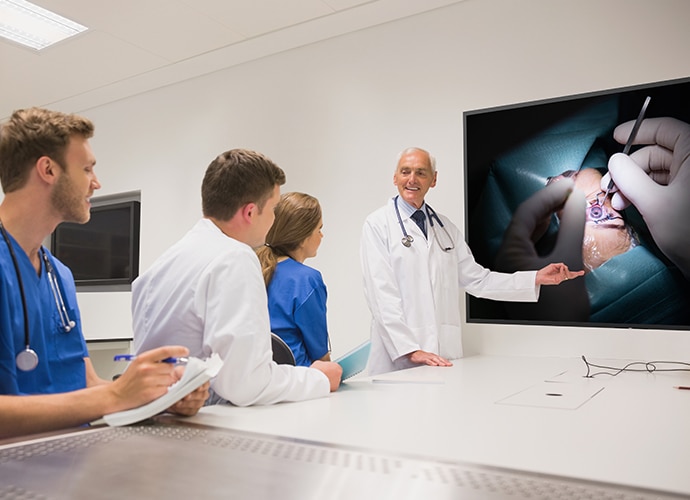
Why HDR is key for surgical imaging
HDR imaging helps see a wider range of brightness levels, giving surgeons a better view of complex ophthalmological and endoscopic procedures.
How is HDR beneficial in surgical imaging?
Images from an endoscope or surgical microscope often include a wide range of brightness levels in the same scene, from glistening highlights on wet, shiny surfaces to deep shadows. We refer to this variation of brightness levels in an image as its dynamic range.
The limitations of imaging technology mean that Standard Dynamic Range (SDR) video cameras and displays can’t capture and reproduce these extremes of light and shade. In surgical contexts this means that fine detail, color differences, and tonal gradations in bright highlights and dark shadow areas don’t give the full picture when a surgeon views SDR images on a display in the Operating Room. As the name suggests, High Dynamic Range (HDR) captures almost the same dynamic range as the human eye, allowing more accurate reproduction of bright and dark areas in the same image.


Improved low-light visualization in ophthalmology
Visualization of ophthalmic surgical procedures—including cataract and posterior segment surgery—often feature dark viewing environments that SDR cameras and displays struggle to capture accurately. An HDR imaging workflow is critical in such instances as it provides the surgeon with essential visual details needed for fine precision. Additionally, highly sensitive HDR cameras like Sony’s microsurgical camera MCC-1000MD can capture high-contrast ophthalmic surgical images, which can be displayed more clearly on a compatible HDR medical display.
More clarity in endoscopic surgery
HDR can reveal more detail in dark body cavities and bright areas, giving a more informative, evenly exposed view of minimally invasive procedures. When using an HDR-enabled imaging workflow, all OR staff can view the same enhanced image on a display as the primary surgeon. This can improve efficiency and decision-making during endoscopic surgery.


Visualization is key in medical training
HDR plays a valuable role in supporting clinical teaching and training, allowing colleagues and students to view live or recorded procedures with the same clarity, contrast, and color experienced by surgical teams in the Operating Room. HDR video footage can support improved knowledge-sharing at conferences. It’s also a powerful tool for helping hospitals review their own surgical techniques and operational procedures.
Explore our Surgical Imaging solutions
Discover the power of an HDR imaging workflow with our solutions for the Operating Room. Capture, view, and share High Dynamic Range images and video footage from anywhere at any time.
